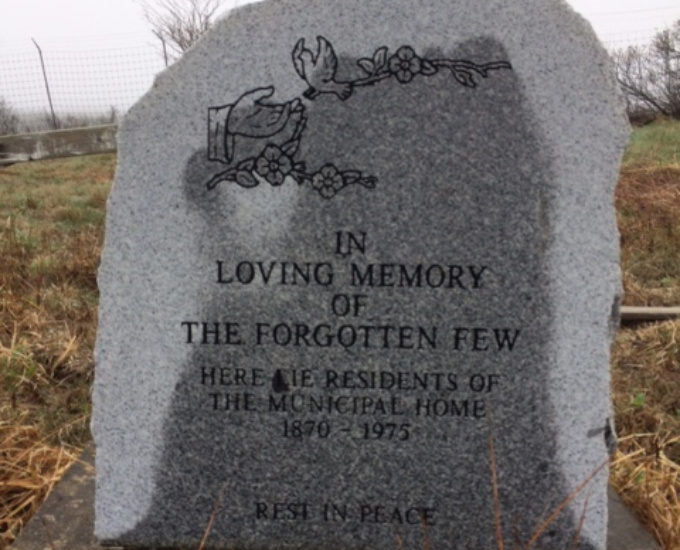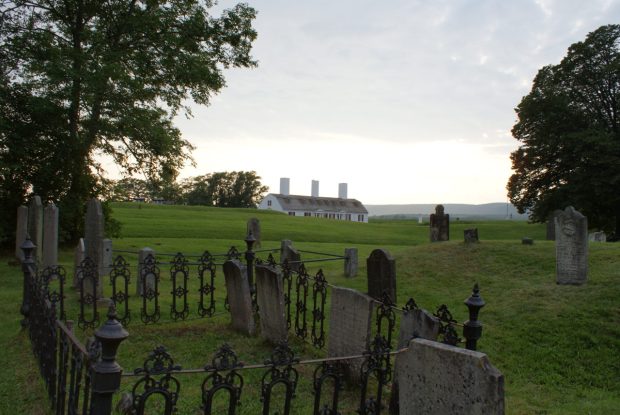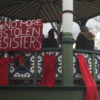
This morning I woke up to an email with a CBC link to a story about all the old cemeteries in Halifax that have been built over. Recently, the Halifax City Council voted to save the unmarked cemetery of the former Halifax Poor House on the corners of Grafton, Brunswick and Spring Garden Road.
This wonderful article is here – Thousands of people are buried under downtown Halifax. What are they owed?
But there are many more unmarked cemeteries in and around Halifax and not just of the settlers/colonials. When building for one of the early hospitals in the area that became known as the Cogswell exchange around the area of the Scotia Square building, it was recorded the settlers unearthed the grave of a Mi’kmaq man. He had been buried with some identifiers of his status.
Many communities have property development built over it, moved the cemetary, lost records of those buried there, or even moved graves. Here in my area of Annapolis Royal, Amberzine Lewis the granddaughter of Rose Fortune, had her grave moved when a driveway for the old court house was put in place. Amberzine, (and we believe her grandmother Rose Fortune) was buried in the Garrison Graveyard in Annapolis Royal in the ‘Black Section”.
When I was doing research on the grave of Rose Fortune, I was not only surprised to find that the Garrison Graveyard had a ‘Black Section”, I was also surprised to find that most current historic researchers in the area did not know this either. We had to refer back to old books and records to find that there was segregation of African Nova Scotians even in this graveyard.
You can read about the Garrison Graveyard on this fabulous webite: Map Annapolis.

Most poor houses did not mark the graves of those inmates in their institutions when they died. They simply did not have the money to mark the graves and, instead, buried them in sections of old fields and by stone walls. The poor masters needed to spend the money on the living, not the dead, it was argued. And some communities did not want the poor in their graveyards and cemetaries as they equated poverty with personal failures on the part of the poor.
This subject continues to fascinate many of us. The attitudes toward the poor, the treatment of the poor, our ancestors who were poor. And many of us want to honour those who had such a difficult time in life who went before us. How do we do this as development continues to move on those who went before us and now lie in known areas but unmarked graves? It continues to be a discussion between those who revere history and those who revere ‘progress’.
Brenda Thompson is the author of A wholesome Horror, Poor Houses in Nova Scotia. ISBN 978-0-9868733-5-5. Available at a few selected bookstores, public libraries, and through the publisher. Her latest book is Finding Fortune, documenting and imagining the life of Rose Fortune. Check out her blog Poor houses in Nova Scotia.
See also: Brenda Thompson: The Halifax Poor House dead are safe…for now
See also: Book review: A wholesome Horror, Poor Houses in Nova Scotia
With a special thanks to our generous donors who make publication of the Nova Scotia Advocate possible.
Subscribe to the Nova Scotia Advocate weekly digest and never miss an article again. It’s free!



